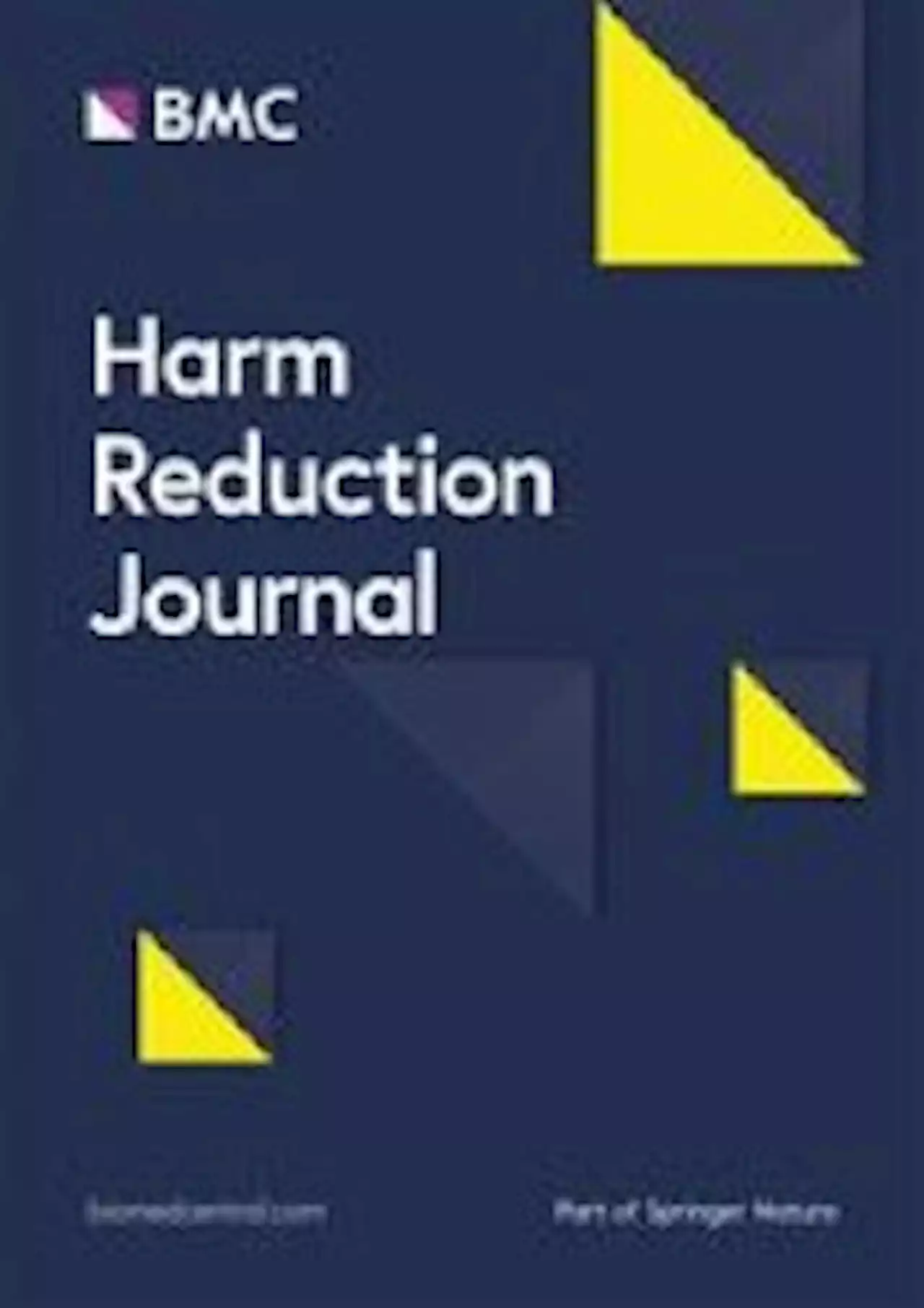Biomaterials are materials used to build medicaldevices or implants/prostheses, meant to restore or replace lost or impaired body functions. They are derived from natural, synthetic or semi-synthetic materials. Find out more here. medicine
By Dr. Liji Thomas, MDReviewed by Sophia Coveney They are derived from natural, synthetic or semi-synthetic materials.
Metallic and non-metallic biomaterials are of various types, bonded covalently, ionically or both ways. B. Synthetic 1. Bioceramics Bioceramics are being widely used in hip replacement, for bone grafts, dental implants, and to create artificial tendons. Black pyrolytic carbons are unsuitable for externally visible implants, as in the mouth, but are easy to manufacture and highly compatible with the body’s tissues. They are in use for heart valves, ligaments and tendons, and in composite implants, all of which require great tensile strength.
Where electrical conduction is a priority, inactive metals of the third sort are typically preferred, but biodegradable materials are a better choice when it comes to suture materials. Bioabsorbable materials are used in areas such as vascular stents, intended to provide a long-term but not a permanent framework for repair processes.
Interestingly, though created for non-medical uses, compounds like polypropylene , polyethylene , polymethylmethacrylate , polyethylenterephthalate , and polyurethane resemble body tissues in humans so closely in their physical and mechanical qualities that they are now extensively used in biomedicine.
The adsorptive property of polymers promotes their use as drug-eluting stents . These can be coated with drugs to reduce inflammation, steroids to reduce plaque, or endothelial cells to repair the vessel wall, for instance. Gene-eluting stents are potential developments for the future that could provide a local source of RNA or DNA to inhibit certain genes that cause restenosis.
The alloys are coated with bioceramics or thin polymer films. Sometimes the surface is engineered for these properties. Conversely, titanium wears out faster and may cause osteoarthritis due to its inferior joint surface function. Vanadium is typically found in these alloys and may cause tissue injury over time. It may also, like aluminum, cause neurodegenerative disease such as Alzheimer’s disease .
Ireland Latest News, Ireland Headlines
Similar News:You can also read news stories similar to this one that we have collected from other news sources.
 Human Health Solutions through Animal ResearchHow has animal research advanced medicine in the past and is it necessary for the future? animalresearch medicine animalrights health animaltesting
Human Health Solutions through Animal ResearchHow has animal research advanced medicine in the past and is it necessary for the future? animalresearch medicine animalrights health animaltesting
Read more »
 One bulldog, two surgeries, 192 days in rescue - and 'hardly any applications'Scar hopes the Manchester Evening News can help him find a family after having a tough time in kennels
One bulldog, two surgeries, 192 days in rescue - and 'hardly any applications'Scar hopes the Manchester Evening News can help him find a family after having a tough time in kennels
Read more »
 Nottinghamshire shop owner distraught after repeated break-insNottingham dog bakery owner distraught after repeated break-ins
Nottinghamshire shop owner distraught after repeated break-insNottingham dog bakery owner distraught after repeated break-ins
Read more »
 New 11-storey block of flats approved opposite Preston Bus StationThe area of Tithebarn Street Pic: Google A proposed development for new flats in Preston city centre has been given the green light by Preston City Council. The application site is located between Tithebarn Street, Old Vicarage and Bishopgate within the city centre. The application sought outline application seeking approval for access and scale for erection of a 11-storey mixed use building comprising of up to 124 apartments (Use Class C3) and ground floor leisure/retail
New 11-storey block of flats approved opposite Preston Bus StationThe area of Tithebarn Street Pic: Google A proposed development for new flats in Preston city centre has been given the green light by Preston City Council. The application site is located between Tithebarn Street, Old Vicarage and Bishopgate within the city centre. The application sought outline application seeking approval for access and scale for erection of a 11-storey mixed use building comprising of up to 124 apartments (Use Class C3) and ground floor leisure/retail
Read more »
 Effect of police action on low-barrier substance use disorder service utilization - Harm Reduction JournalBackground Police action can increase risky substance use patterns by people who use drugs (PWUD), but it is not known how increased police presence affects utilization of low-barrier substance use disorder bridge clinics. Increased police presence may increase or decrease treatment-seeking behavior. We examined the association between Operation Clean Sweep (OCS), a 2-week police action in Boston, MA, and visit volume in BMC’s low-barrier buprenorphine bridge clinic. Methods In this retrospective cohort, we used segmented regression to investigate whether the increased police presence during OCS was associated with changes in bridge clinic visits. We used General Internal Medicine (GIM) clinic visit volume as a negative control. We examined visits during the 6 weeks prior, 2 weeks during, and 4 weeks after OCS (June 18–September 11, 2019). Results Bridge clinic visits were 2.8 per provider session before, 2.0 during, and 3.0 after OCS. The mean number of GIM clinic visits per provider session before OCS was 7.0, 6.8 during, and 7.0 after OCS. In adjusted segmented regression models for bridge clinic visits per provider session, there was a nonsignificant level increase (0.643 P = 0.171) and significant decrease in slope (0.100, P = 0.045) during OCS. After OCS completed, there was a significant level increase (1.442, P = 0.003) and slope increase in visits per provider session (0.141, P = 0.007). There was no significant change in GIM clinic volume during the study period. Conclusions The increased policing during OCS was associated with a significant decrease in bridge clinic visits. Following the completion of OCS, there was a significant increase in clinic visits, suggesting pent-up demand for medications for opioid use disorder, a life-saving treatment.
Effect of police action on low-barrier substance use disorder service utilization - Harm Reduction JournalBackground Police action can increase risky substance use patterns by people who use drugs (PWUD), but it is not known how increased police presence affects utilization of low-barrier substance use disorder bridge clinics. Increased police presence may increase or decrease treatment-seeking behavior. We examined the association between Operation Clean Sweep (OCS), a 2-week police action in Boston, MA, and visit volume in BMC’s low-barrier buprenorphine bridge clinic. Methods In this retrospective cohort, we used segmented regression to investigate whether the increased police presence during OCS was associated with changes in bridge clinic visits. We used General Internal Medicine (GIM) clinic visit volume as a negative control. We examined visits during the 6 weeks prior, 2 weeks during, and 4 weeks after OCS (June 18–September 11, 2019). Results Bridge clinic visits were 2.8 per provider session before, 2.0 during, and 3.0 after OCS. The mean number of GIM clinic visits per provider session before OCS was 7.0, 6.8 during, and 7.0 after OCS. In adjusted segmented regression models for bridge clinic visits per provider session, there was a nonsignificant level increase (0.643 P = 0.171) and significant decrease in slope (0.100, P = 0.045) during OCS. After OCS completed, there was a significant level increase (1.442, P = 0.003) and slope increase in visits per provider session (0.141, P = 0.007). There was no significant change in GIM clinic volume during the study period. Conclusions The increased policing during OCS was associated with a significant decrease in bridge clinic visits. Following the completion of OCS, there was a significant increase in clinic visits, suggesting pent-up demand for medications for opioid use disorder, a life-saving treatment.
Read more »
 The health, cost and equity impacts of restrictions on the advertisement of high fat, salt and sugar products across the transport for London network: a health economic modelling study - International Journal of Behavioral Nutrition and Physical ActivityBackground Policies aimed at restricting the marketing of high fat, salt and sugar products have been proposed as one way of improving population diet and reducing obesity. In 2019, Transport for London implemented advertising restrictions on high fat, salt and sugar products. A controlled interrupted time-series analysis comparing London with a north of England control, suggested that the advertising restrictions had resulted in a reduction in household energy purchases. The aim of the study presented here was to estimate the health benefits, cost savings and equity impacts of the Transport for London policy using a health economic modelling approach, from an English National Health Service and personal social services perspective. Methods A diabetes prevention microsimulation model was modified to incorporate the London population and Transport for London advertising intervention. Conversion of calorie to body mass index reduction was mediated through an approximation of a mathematical model estimating weight loss. Outcomes gathered included incremental obesity, long-term diabetes and cardiovascular disease events, quality-adjusted life years, healthcare costs saved and net monetary benefit. Slope index of inequality was calculated for proportion of people with obesity across socioeconomic groups to assess equity impacts. Results The results show that the Transport for London policy was estimated to have resulted in 94,867 (4.8%) fewer individuals with obesity, and to reduce incidence of diabetes and cardiovascular disease by 2,857 and 1,915 cases respectively within three years post intervention. The policy would produce an estimated 16,394 additional quality-adjusted life-years and save £218 m in NHS and social care costs over the lifetime of the current population. Greater benefits (e.g. a 37% higher gain in quality-adjusted life-years) were expected to accrue to individuals from the most socioeconomically deprived groups compared to the least deprived. Conclus
The health, cost and equity impacts of restrictions on the advertisement of high fat, salt and sugar products across the transport for London network: a health economic modelling study - International Journal of Behavioral Nutrition and Physical ActivityBackground Policies aimed at restricting the marketing of high fat, salt and sugar products have been proposed as one way of improving population diet and reducing obesity. In 2019, Transport for London implemented advertising restrictions on high fat, salt and sugar products. A controlled interrupted time-series analysis comparing London with a north of England control, suggested that the advertising restrictions had resulted in a reduction in household energy purchases. The aim of the study presented here was to estimate the health benefits, cost savings and equity impacts of the Transport for London policy using a health economic modelling approach, from an English National Health Service and personal social services perspective. Methods A diabetes prevention microsimulation model was modified to incorporate the London population and Transport for London advertising intervention. Conversion of calorie to body mass index reduction was mediated through an approximation of a mathematical model estimating weight loss. Outcomes gathered included incremental obesity, long-term diabetes and cardiovascular disease events, quality-adjusted life years, healthcare costs saved and net monetary benefit. Slope index of inequality was calculated for proportion of people with obesity across socioeconomic groups to assess equity impacts. Results The results show that the Transport for London policy was estimated to have resulted in 94,867 (4.8%) fewer individuals with obesity, and to reduce incidence of diabetes and cardiovascular disease by 2,857 and 1,915 cases respectively within three years post intervention. The policy would produce an estimated 16,394 additional quality-adjusted life-years and save £218 m in NHS and social care costs over the lifetime of the current population. Greater benefits (e.g. a 37% higher gain in quality-adjusted life-years) were expected to accrue to individuals from the most socioeconomically deprived groups compared to the least deprived. Conclus
Read more »
